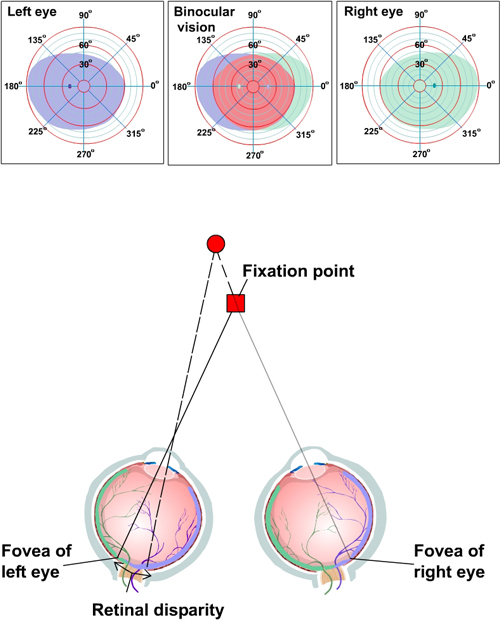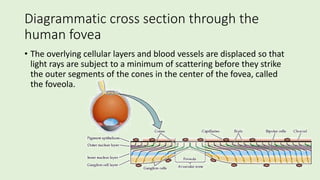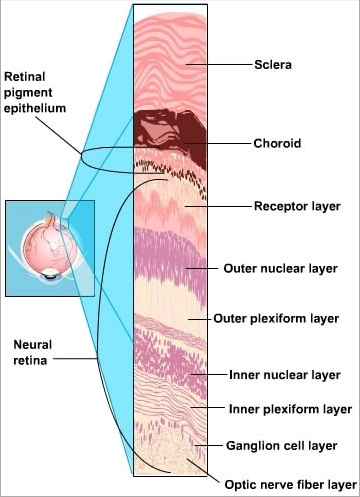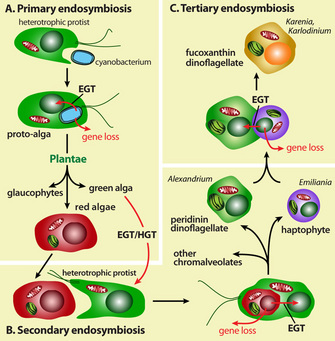All Visual Pigments Contain __________ Derived From __________.
Reitanl - vitamin A. There are three different types of cones each one sensitive to different light energies.

The Special Senses Ppt Download
Very fine powders made up of natural dyes that are encapsulated in a water-insoluble rice protein matrix.

. Each visual pigment sequence shows Rh G R oo WAVELENGTH nm. Apart from this other major pigments found in them are chlorophyll a and chlorophyll d. However biochemical analyses have shown that the chromophore of lepidopteran and fly visual pigments is 3-hydroxyretinal Vogt 1989.
The gritty deposit that accumulates in the medial canthus is secreted by the _____. The visual opsins can be further subdivided into cone opsins and rhodopsin which have distinct molecular properties arising from differences in the residues at positions 122 and 189 of the amino-acid sequence 11 12. Which of these is the correct pathway for transmission of visual information.
By screening cDNA clones derived from human ocular tissue Sun et al. RPE is known to secrete various factors promoting retinal photoreceptor survival and differentiation. All visual pigments contain_____derived from______.
An ultraviolet violet blue double-peaked blue green blue-suppressed-green pale-red and deep-red class. Retinal1 is derived from vitamin A1. All visual pigments contain _____ derived from _____.
Opsins are members of an extensive family of G-protein-linked membrane receptors that are composed of about 350 amino acids that form a palisade of seven α-helical transmembrane regions enclosing a ligand. These cones are designated. Vitamin D vitamin K vitamin E vitamin A.
All visual pigments contain _____ derived from _____. Which of these is NOT one of the three layers of the eye. 1531 Normal retinal pigment epitheliun.
1997 identified a cDNA encoding RRH which they. Difficulty hearing low tones. 3-hydroxyretinol is called vitamin A 3 and because it is a xanthophyll derivative Vogt has proposed xanthopsin as the common term for a vitamin A 3-based visual pigment Vogt 1989.
The compound eye of the Small White butterfly Pieris rapae crucivora has four classes of visual pigments with peak absorption in the ultraviolet violet blue and green but electrophysiological recordings yielded eight photoreceptors classes. Visual pigments are retinal-binding chromoproteins that con-stitute a subfamily of G protein-coupled receptors. Photoreceptor - bipolar cell - ganglion cell.
Retinal vitamin A retinal vitamin D rhodopsin vitamin A rhodopsin vitamin D Part complete Conflicting sensory information from visual and movement signals may cause Conflicting sensory information from visual and movement signals may cause enhanced hearing. Produced from food-grade ingredients. The visual pigments in regenerated rods and double cones were the.
All visual pigments contain _____ derived from _____. Retinal2 is derived from vitamin A2. Transport of visual pigments to the outer segments of photoreceptors occurs via a modified primary cilium or connecting cilium Insinna et al 2008.
Retinal a component of all the visual pigments is made from _____. All visual pigments contain _____ derived from _____. Vitamin D vitamin E vitamin K vitamin A.
The visual and non-visual opsin subfamily contains vertebrate visual and non-visual opsins. All visual pigments contain _____ derived from. Furthermore hESC-derived RPE cells were found to secrete pigment epithelium-derived factor in a.
Visual Pigment In visual pigments this is a derivative of vitamin A or a similar compound and is the component that gives the visual pigment the ability to absorb visible light and to initiate changes in the protein that ultimately generate a neural signal. Retinal vitamin A A person with damage to this part of the brain indicated by the dark blue arrow will have normal acoustic reflexes but will have difficulty performing which of the following functions. Synapse with ganglion cells.
Encoding the four human visual pigments reveal 40-45 amino acid identity between rhodopsin and each of the cone pigments and between the blue pigment and the red or green pigments. In native retina there is an apparently perfect correspondence between cone morphology and visual pigment content. Secrete a pigmented mucus.
Many vertebrate animals have two or more visual pigments. The complete line of natural plant-derived pigments. Uniform visual appearance no speckling Compatible with most dispersion systems.
This profile is a property of the visual pigment opsin apoprotein Vitamin A-derived chromophore housed in the photoreceptors membranes and depends solely on the amino acid sequence of the. The members of Rhodophyceae are commonly called red algae because of the predominance of the red pigment r-phycoerythrin in their bodies. The most extensively studied visual pigments are those located in retinal photoreceptors.
Bipolar neurons in the retina _____. Log in for more information. Chlorophyll ac and fucoxanthin are principal pigments found in Phaeophyceae.
These proteins detect light by monitoring the 1l-cis to all-trans photoisomerization of a covalently bound retinal. All visual pigments contain retinal derived from Vitamin A. RED GREEN AND BLUE.
Rods and cones contain visual pigments that are composed of a protein moiety opsin linked to a chromophore retinal the aldehyde of Vitamin A. Retinal pigment epithelium RPE is a monolayer of pigmented cells derived from the neuroectodermal layer of the optic cup and constitutes the outermost layer of retina. Photoreceptor that convey our ability to see color are _____.
Question and answer. No aluminum salt as found in artificial pigments. By contrast the red and green pigments are 96 identical at the amino acid level.
All rods contain a middle-wavelength pigment all single cones contain a different middle-wavelength pigment and all double cone members contain a long-wavelength pigment. The RRH gene encodes a visual pigment-like G protein-coupled receptor GPCR localized to the apical microvilli of the retinal pigment epithelium RPE in close proximity to photoreceptor outer segments Sun et al 1997. Retinal a component of all the visual pigments is made from _____.
It is believed that all animals employ the same basic pigment structure consisting of a coloured molecule or chromophore the carotenoid retinal sometimes called retinene and a protein or opsin of moderate size.

Answer Correct Art Activity The Visual Pathways Arrange The Structures Of The Course Hero

Answer Correct Art Activity The Visual Pathways Arrange The Structures Of The Course Hero

11 Cis Retinal An Overview Sciencedirect Topics

Bipolar Cell An Overview Sciencedirect Topics

Midterm 1 Topic 1 2 Flashcards Quizlet

独中高中生物chapter 12 Receptors And Sensation

The Special Senses Ppt Download

Lecture Exam 1 Review Flashcards Quizlet

Vision Anatomy And Physiology I

Answer Correct Art Activity The Visual Pathways Arrange The Structures Of The Course Hero

Rhodopsin Biochemistry Britannica

17 4 Visual Phyiology Diagram Quizlet

Visual Processing Eye And Retina Section 2 Chapter 14 Neuroscience Online An Electronic Textbook For The Neurosciences Department Of Neurobiology And Anatomy The University Of Texas Medical School At Houston

Visual Processing Eye And Retina Section 2 Chapter 14 Neuroscience Online An Electronic Textbook For The Neurosciences Department Of Neurobiology And Anatomy The University Of Texas Medical School At Houston

The Origin Of Plastids Learn Science At Scitable

Answer Correct Art Activity The Visual Pathways Arrange The Structures Of The Course Hero



Comments
Post a Comment